
Sometimes an entire culture can be expressed through the cars it loved. Consider the Smiling Buddha sculpture that rode on the nose of Jimmy Ige’s “Ige & Sassa” Junior Fuel dragster in the 1970s.
They put it there for good luck, but the Buddha was also an expression of their Japanese heritage, as was the Rising Sun paint scheme on Ige’s helmet, a way to express who they were in a lighthearted but still prideful way.
The new “Cruising J-Town” exhibit at the Art Center College of Design in Pasadena is full of such connections, some serious, some fun, all historically significant.
“Japanese Americans have long been a part of Southern California’s car culture, from a humble gardener’s truck to a customized hot rod or a stout family sedan, to a professional race car. Generations of Nikkei (Japanese people living outside Japan) have been behind the wheel and under the hood, working at the gas pumps, and designing concept cars,” said writer and scholar Oliver Wang, who curated the exhibit.
Exhibit Anchored by 5 Classic Cars
“Cruising J-Town broadens our understanding and appreciation of Southern California car scenes by exploring the many ways that Japanese Americans have participated and innovated within them,” Wang said. “It also asks visitors to consider how Japanese Americans used cars and trucks not only to make a living but to assert their belonging and make their presence known.”
The 6,300-square-foot space is anchored by five classic cars:
George Nakamura’s “Meteor” hot rod from the early 1940s
Brian Omatsu’s custom 1951 Mercury coupe known as the “Purple Reign”
A 1956 Ford F-100 pickup truck once owned—and hot-rodded—by West LA gardener Yoshio Shimazu and newly restored by his son, Kirk Shimazu
Tod Kaneko’s 1973 Datsun 510, one of the models that launched the import car craze
A hot pink 1989 Nissan 240SX from professional drift racer Nadine Sachiko Toyoda-Hsu, founder of the Drifting Pretty team.
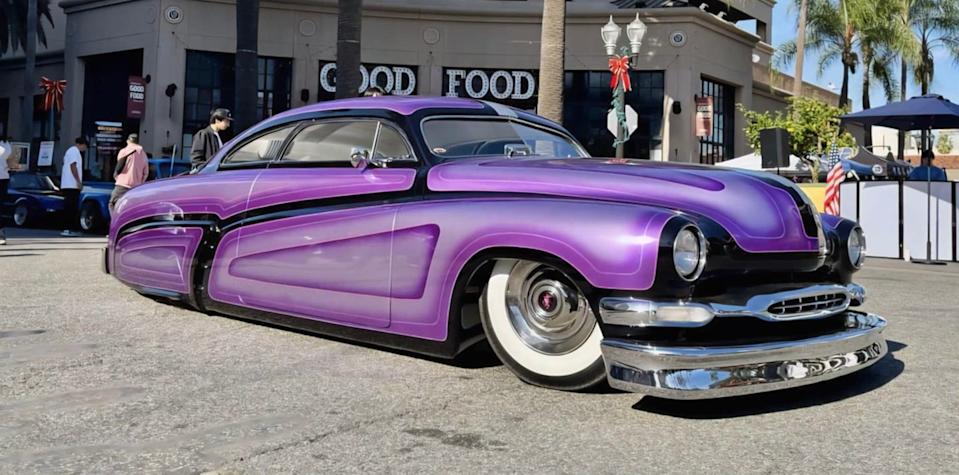
Between the five cars are hundreds of items that illuminate and inform visitors. Take the Moon Eyes hub cap. It was placed on hundreds of lakes racers and Bonneville land speed drivers hoping for an aerodynamic advantage.
Moon Equipment made hundreds of such speed parts. The company was started by American hot rodder Dean Moon in the 1950s, but when Dean passed away it was purchased by his friend and Japanese distributor Shige Suganuma, who has carried on the legacy ever since.
There’s a helmet and photo of Jim Yamane, a Pacoima, California, youth who became the first Japanese world driving champion in the International Grand Prix de Karting’s Class B division in the Bahamas in 1959.
A Tom Medley drawing from Hot Rod Magazine celebrates Yam Oka, “Glendale Hot Rod Ace.” Oka got into racing at the old Burbank track in 1931 and held the lap record at Gilmore Stadium of “15 seconds flat.”
Dash plaques and photos from lakes racers who ran before the war include Danny Sakai at Harper Dry Lake on June 30, 1940, and Frank Morimoto at Muroc in 1938.
The exhibit also covers families displaced by World War II. Executive Order 9066, signed by President Franklin D. Roosevelt on February 19, 1942, authorized the forced removal of people of Japanese descent from designated military areas on the West Coast after the bombing of Pearl Harbor. This order resulted in the incarceration of over 120,000 Japanese Americans in internment camps.
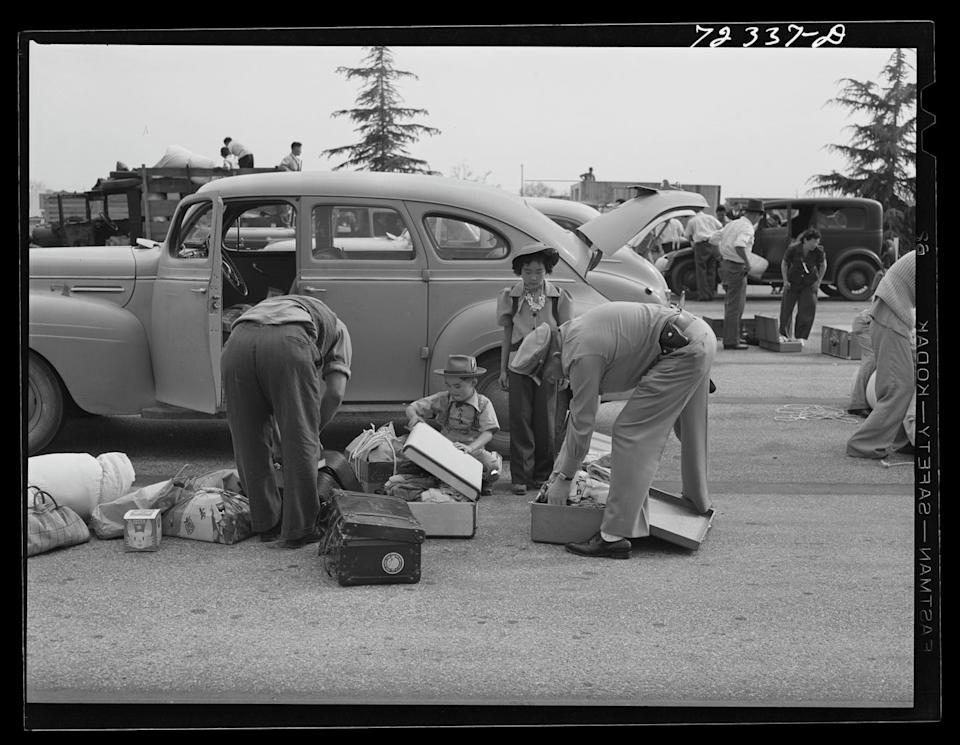
Among those was designer Larry Shinoda, who contributed heavily to the 1963 split-window Chevrolet Corvette Sting Ray. One of his Chevy Corvette drawings is displayed in the exhibit.
There are also photos of internment camps, as well as the trailer parks where many Japanese residents had to live after the war because landlords and realtors wouldn’t rent or sell to them.
There’s one photo of a Japanese couple at their son’s funeral, his coffin draped in the American flag after his service with the all-Japanese 442nd Combat Regiment.
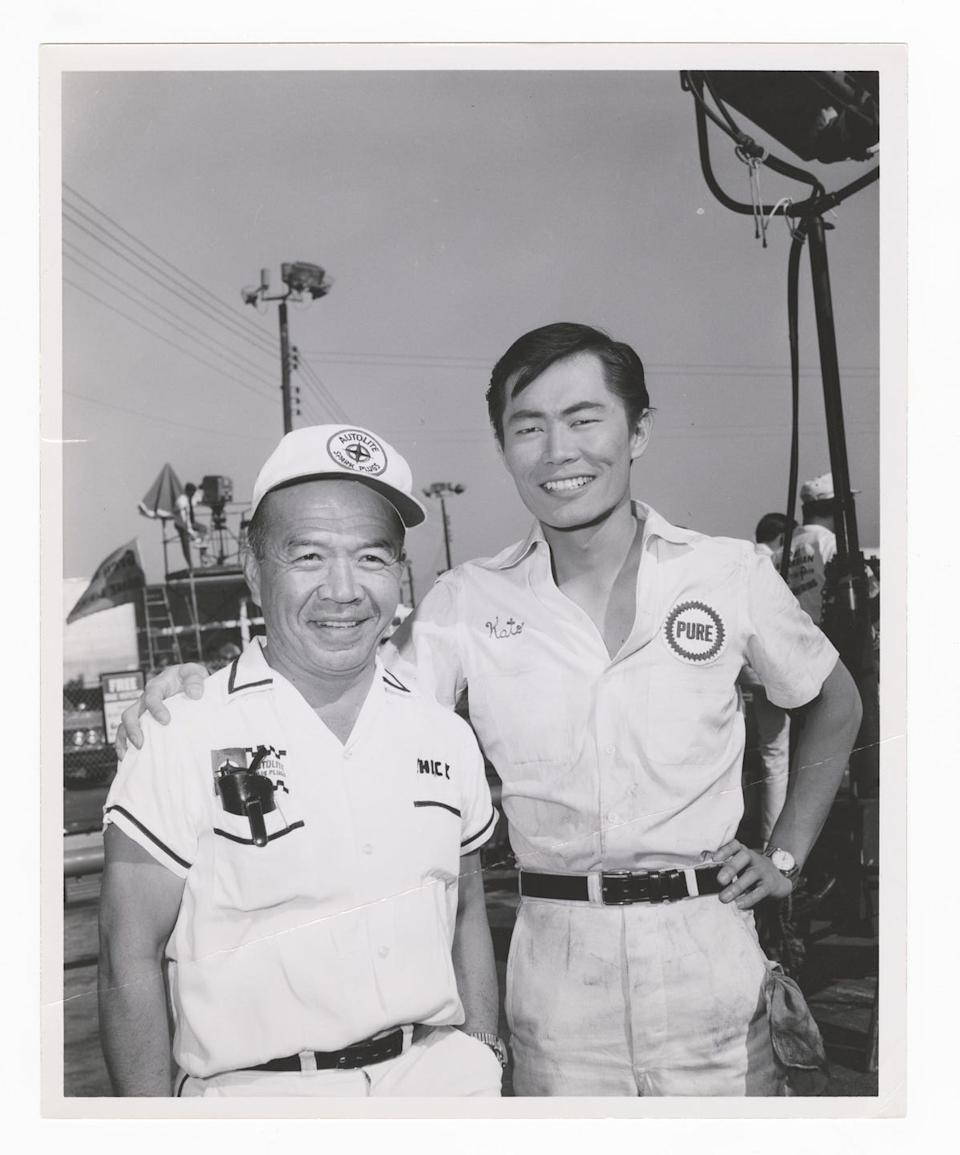
There are happier moments, too: a floor-to-ceiling photo of the Queen and her court during a Nisei Week parade in the 1950s, Todd Kaneko’s 1973 Datsun 510, and Nadine Sachiko Toyoda-Hsu’s 240SX drift car.
The exhibit runs from July 31 to Nov. 12 at the Art Center’s Peter and Merle Mullin Gallery on the South Campus. Take the Pasadena Freeway to its end and you'll see the big Art Center building right there.
Everybody likes cars, no matter what culture you call your own. Maybe someday it’ll be cars that bring us all together again. Here’s hoping.
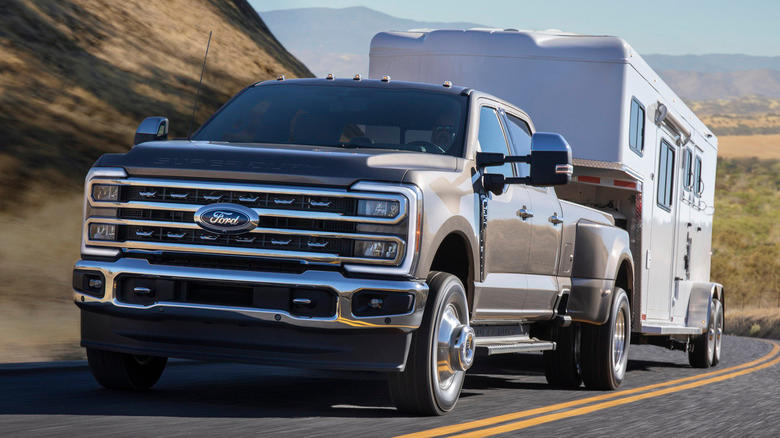
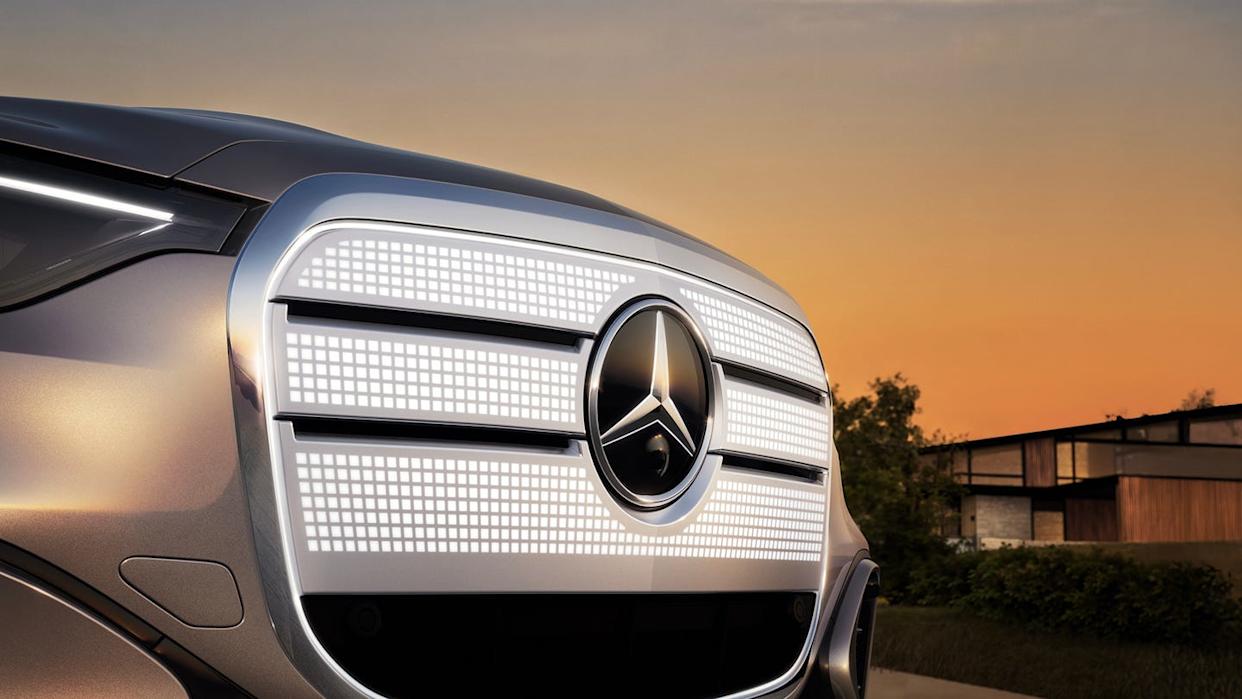
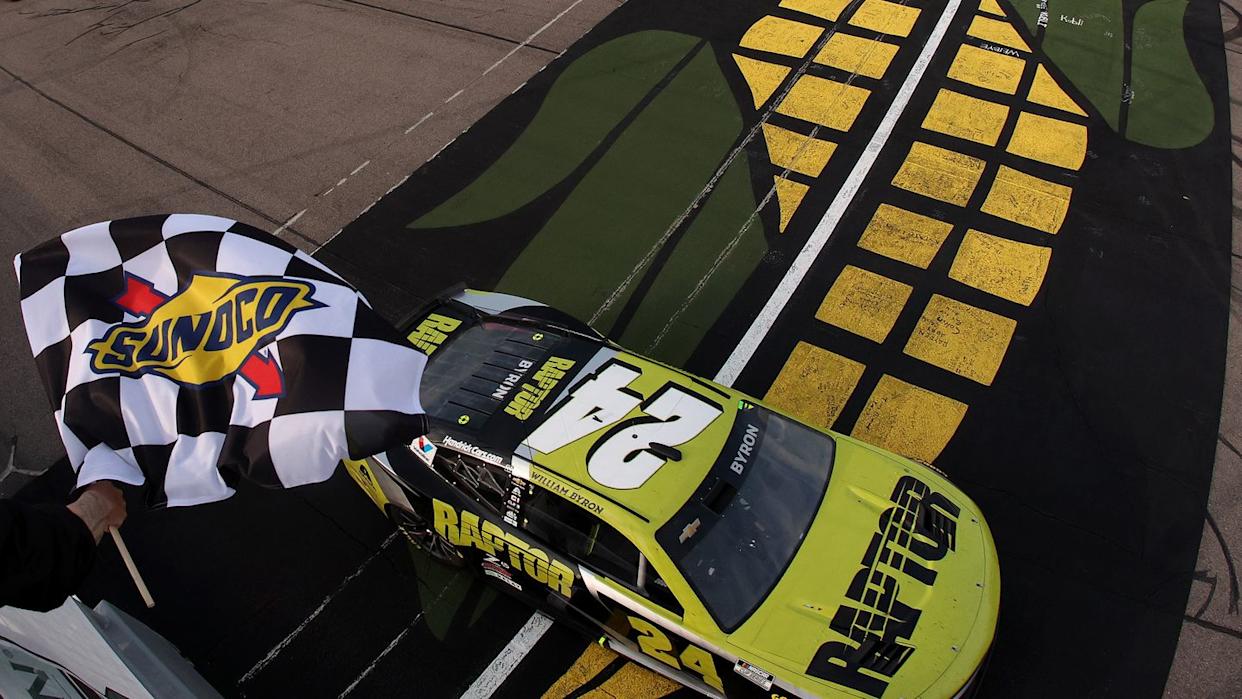

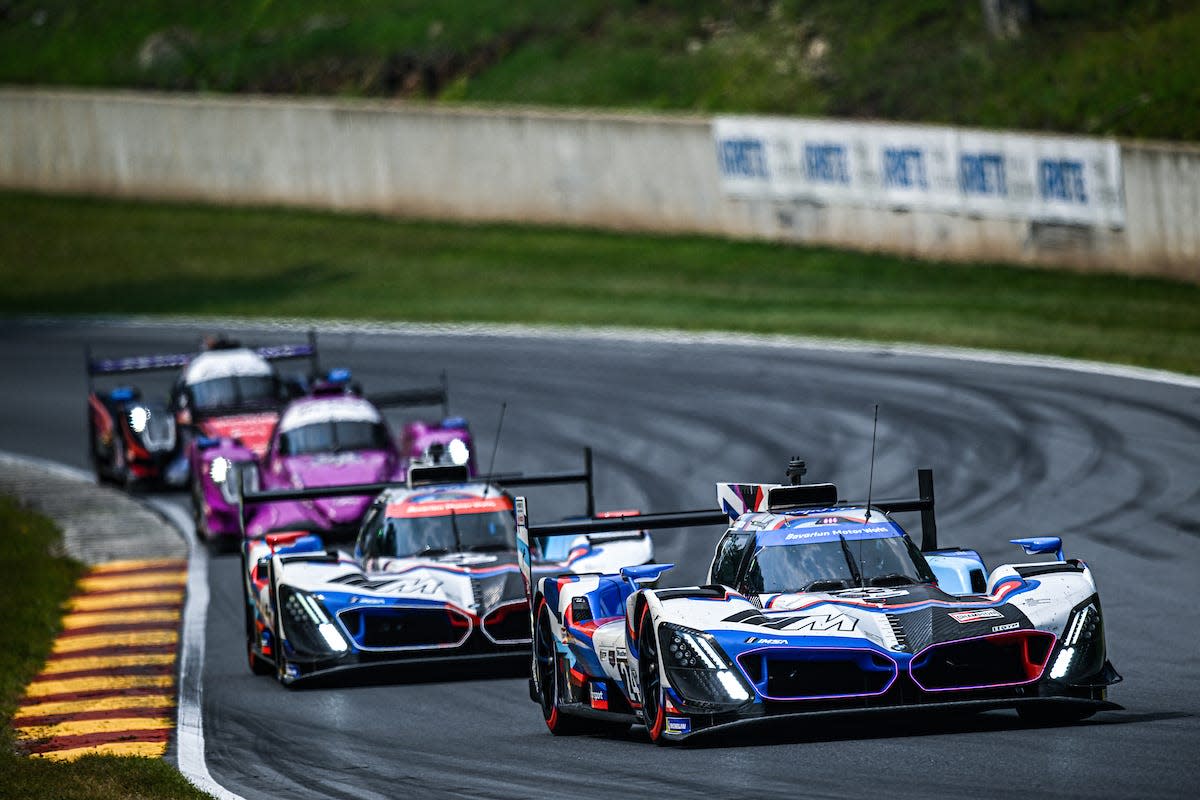
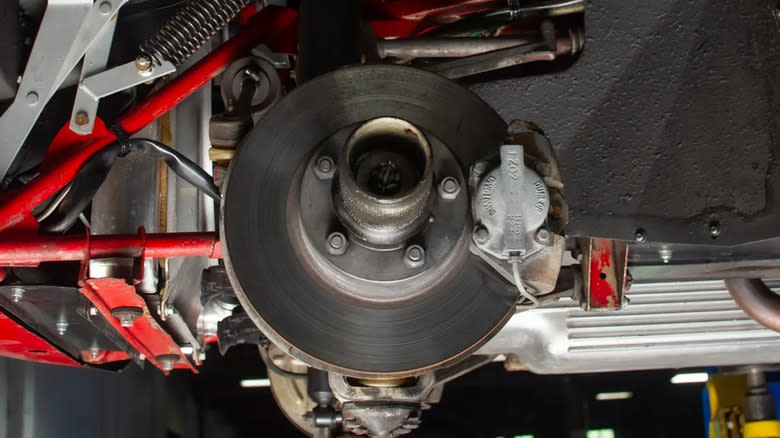
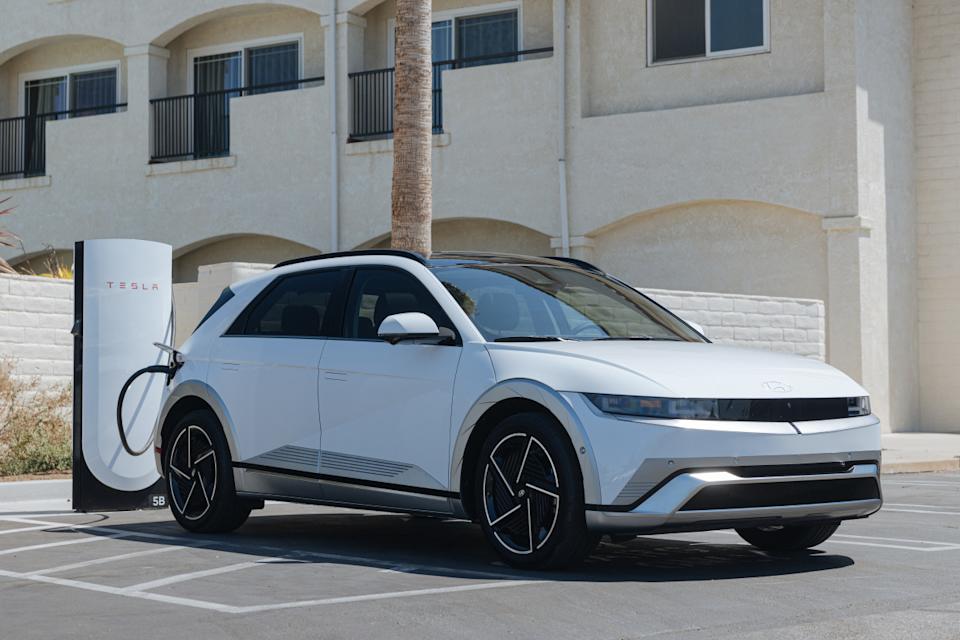
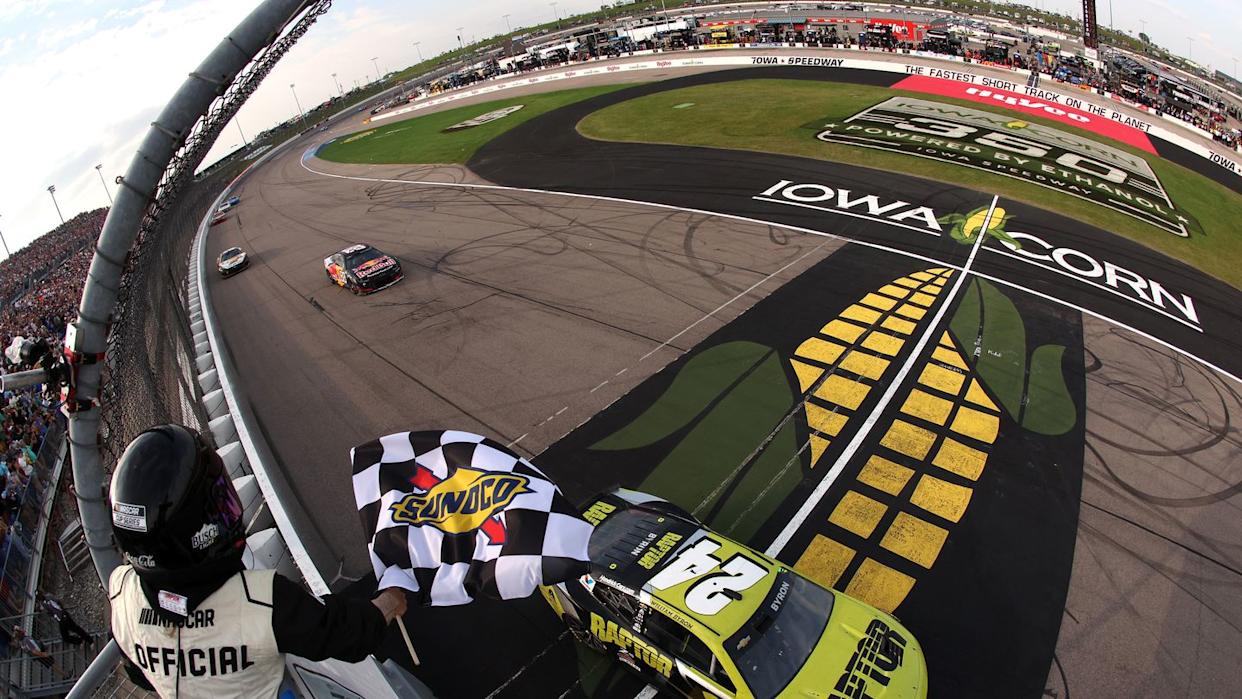
Comments